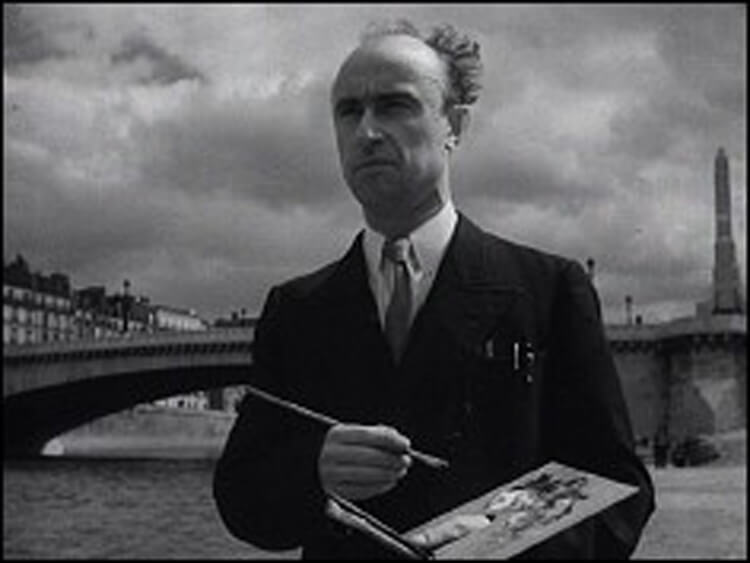
Cinema
Eli Lotar and Surrealism: Violons d’Ingres by Jacques-Bernard Brunius
Screening with Eric Le Roy, Grégory Cingal and Damarice Amao
Tuesday 07 March 2017 • 7:00 PM
Jeu de Paume – Paris
“There is, in the life and work of Eli Lotar, a significant poetic dimension which is linked to a constitutive need for social and, to a certain extent, political engagement. It was through his work as a photographer and his various experiences alongside European avant-garde filmmakers and the Surrealist and documentary movements of the 1930s that Lotar developed his aesthetic vocabulary.
His original framing, his sensitivity to light, and the form and personal poetry of his gaze found an outlet in many different projects. If, given the collective nature of cinema, it is difficult to define his exact contribution to each film, it is clear that Lotar is an excellent cameraman.”“There is, in the life and work of Eli Lotar, a significant poetic dimension which is linked to a constitutive need for social and, to a certain extent, political engagement. It was through his work as a photographer and his various experiences alongside European avant-garde filmmakers and the Surrealist and documentary movements of the 1930s that Lotar developed his aesthetic vocabulary.
His original framing, his sensitivity to light, and the form and personal poetry of his gaze found an outlet in many different projects. If, given the collective nature of cinema, it is difficult to define his exact contribution to each film, it is clear that Lotar is an excellent cameraman.”
Pia Viewing, from the exhibition catalogue
Violons d’Ingres (1937, 30’) is an example of Lotar’s collaboration with Surrealist filmmakers.
In this film, Jacques-Bernard Brunius pays homage to “Sunday inventors,” to the adults who never abandoned their “childhood dreams,” by looking at some of the most surprising representatives of what Dubuffet would later call “art brut.” Men and women who devoted the best part of their free time to satisfying their creative passion, which was often a long way from their day job. Among other claims to fame, Brunius brought the Ideal Palace made by the Postman Cheval to the attention of André Breton and other Surrealists. This Parisian, close to the Surrealist nebula, based in London from 1940, wrote numerous articles as well as an acclaimed essay, En marge du cinéma français.
Éric Le Roy is a film historian. He will talk about Brunius’s cinema and his links with the Surrealist movement and with Lotar.
Afterwards, Grégory Cingal, editor of the book Jacques-B. Brunius. Dans l’ombre où les regards se nouent, talks about the writings of this engaged artist.
Film and discussion, Tuesday 7 March, 7–9 pm, in the Jeu de Paume auditorium.
With film historian Éric Le Roy, Grégory Cingal, editor of the book Jacques-B. Brunius. Dans l’ombre où les regards se nouent, and Damarice Amao, curator of the exhibition “Eli Lotar (1905 – 1969).”
Free, first come first served
Information: infoauditorium@jeudepaume.org
